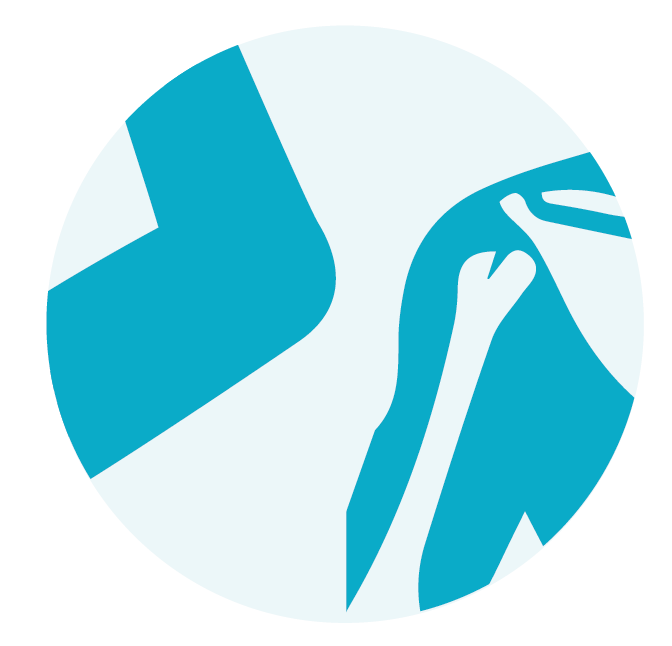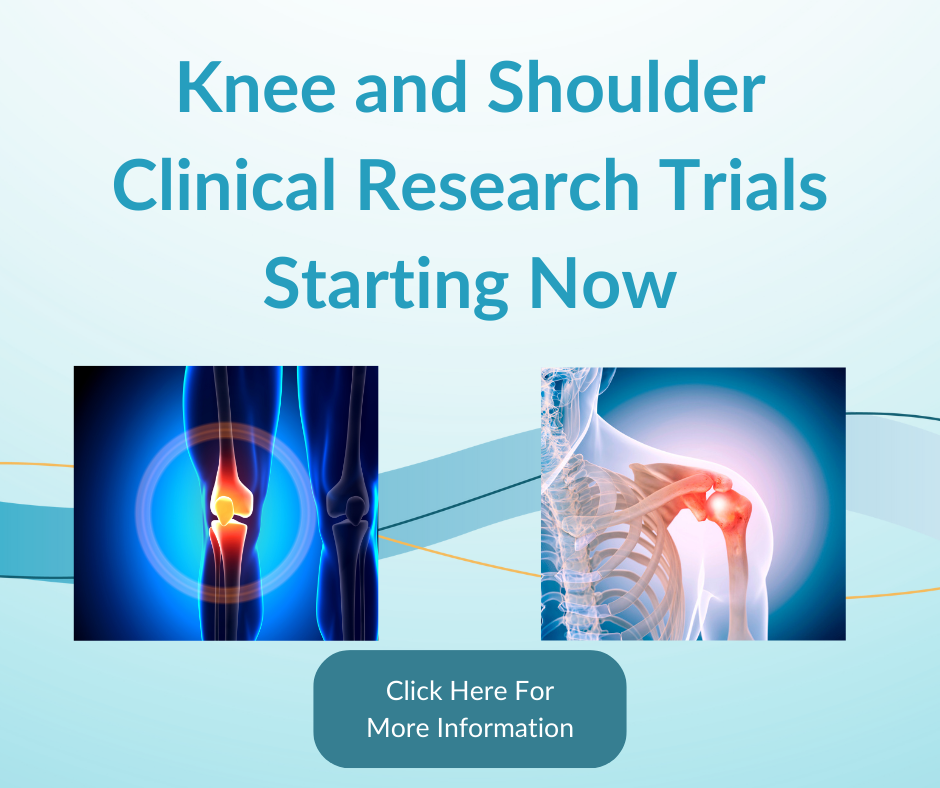Shoulder & Elbow Pain
What are the Common Causes of Shoulder Pain?
 Shoulder instability and dislocations – this is when the ligaments are torn, away from the bone. Symptoms of Instability and dislocations of the shoulder include pain and/or weakness in the arm, and a feeling of looseness.
Shoulder instability and dislocations – this is when the ligaments are torn, away from the bone. Symptoms of Instability and dislocations of the shoulder include pain and/or weakness in the arm, and a feeling of looseness.- Shoulder separation or Sprain – this is when the ligaments are torn, away from the bone. Symptoms of a separation or sprain include severe pain and misshapen shoulder.
- Shoulder tendonitis – Inflammation of the tendons in your shoulders rotator cuff. This is caused by overuse on the shoulder, like sports injuries from pitching a ball. This injury should be looked at immediately as is can cause a tear in the rotator cuff.
- Bursitis – is when tendonitis and impingement cause inflammation of the bursa sacs that protect your shoulder.
- Rotator cuff injury – a tear and/or rupture of one or more tendons. Symptoms of a rotator cuff Injury include pain, difficulty lifting your arm.
- Frozen shoulder or adhesive capsulitis – Complete inability to move the shoulder.
- Osteoarthritis – Chronic degeneration of the cartilage and membrane of the joint that then leads to pain and/or stiffness.
What are the Common Causes of Elbow Pain?
- Nerve entrapment injury – Cubital tunnel syndrome – When the ulnar nerve is compressed due to chronic irritation, injury or pressure.
- Lateral epicondylitis – Pain on the outside of the elbow caused by damage to the tendons that bend the wrist backward away from the palm. This condition is also known as tennis elbow.
- Medial epicondylitis – Pain on the inside of the elbow and is the result of damage to the tendons that bend the wrist toward the palm. This is also known as golfers or baseball elbow.
- Elbow instability – The muscles and ligaments of the elbow are torn or stretched beyond their normal limits. Symptoms of elbow instability include painful clicking, snapping, or locking of the elbow.
- Osteoarthritis – Chronic degeneration of the cartilage and membrane of the joint that then leads to pain and/or stiffness.
What is the Anatomy of the Shoulder?
The shoulder joint has the most mobility of all joints. The shoulder is a ball-and-socket joint. There are many components of the shoulder joint that allow for this mobility. The humerus or upper arm bone represents the ball, and the scapula or shoulder blade represents the socket.
The ball-and-socket functionality is what gives the shoulder joint its mobility. Another vital component of the shoulder joint’s mobility comes from the rotator cuff. The rotator cuff’s main function is to provide support to the shoulder and consists of many tendons and muscles that border the joint. The rotator cuff’s many tendons are protected by the bursa, which is a small bag of fluid-like solution that acts as a cushion.
The Importance of the Shoulder
 Injuries to your shoulder can affect daily living. Performing activities involving throwing, such as football and baseball, can become increasingly difficult and painful. Also, lifting things above your head can become very dangerous.
Injuries to your shoulder can affect daily living. Performing activities involving throwing, such as football and baseball, can become increasingly difficult and painful. Also, lifting things above your head can become very dangerous.
Some injuries make things as simple as raising your arm above your head very difficult and painful. Because of the shoulders wide-range of mobility and functionality, you can imagine the difficulties having an injury or pain can cause. If you’re dealing with pain or loss of motion, please contact one of our highly trained specialists.
Take the next step towards a pain-free lifestyle by scheduling an appointment today.
What is the Anatomy of the Elbow?
The elbow is a hinge joint, which basically means that the motion of the elbow is limited to one plane or direction. The elbow consists of three bones. Those three bones are the humerus, radius, and ulna. The radius and ulna are the two bones that help make up the forearm. These two bones are slightly curved and attached to many muscles in the arm. The ulna is larger and longer than the radius.
The inside area of your elbow, closest to your body, features the ulnar collateral ligament, which contributes much of the solidity and stability to the elbow joint.
The Importance of the Elbow
The elbow is a very important part of the arm. The motion the elbow performs helps you with rotating the forearm, intricate hand motions, and increases power to the upper body. Elbow injuries are easily ignored and to most, may not seem as serious as an injury to the knee or hip. Unfortunately, if left untreated, injuries to the elbow can have long-term effects. If you are injured or are experiencing elbow pain, please follow up with one of our physician specialists.



